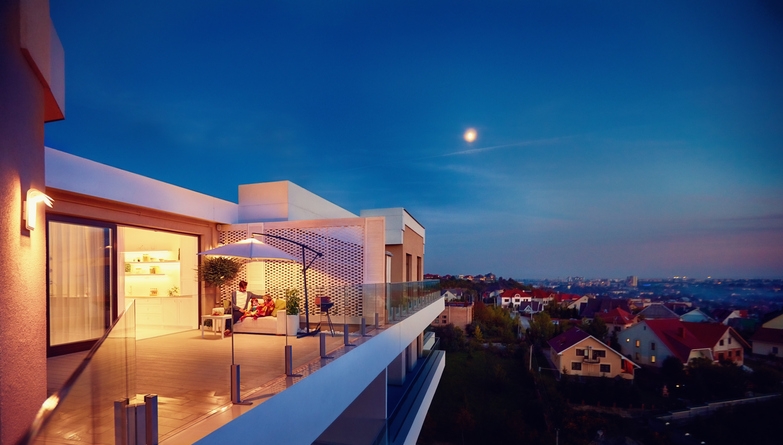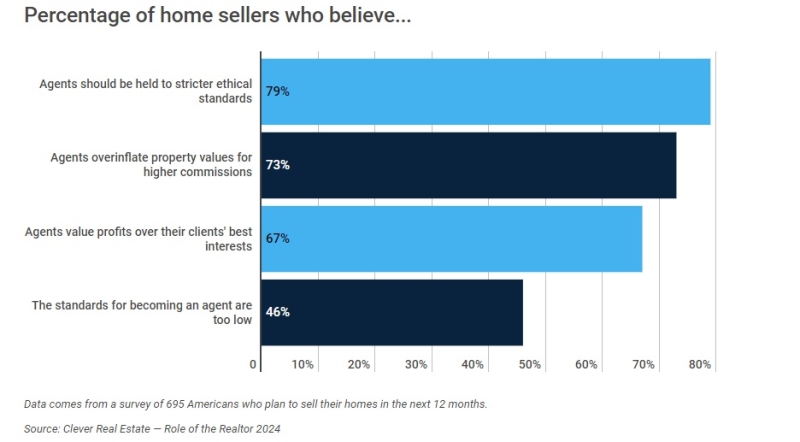Advertisement
New Construction Starts Rise Five Percent in May

At a seasonally adjusted annual rate of $495.7 billion, new construction starts in May advanced five percent from the previous month, according to McGraw Hill Construction, a division of McGraw Hill Financial. Much of the upward lift came from non-residential building, which registered moderate growth for the second month in a row after its sluggish performance at the outset of 2013. Smaller gains in May were reported for housing and non-building construction (public works and electric utilities). During the first five months of 2013, total construction starts on an unadjusted basis were reported at $187.6 billion, down three percent from the same period a year ago.
The 2013 year-to-date volume for total construction reflected a steep decline in the dollar amount for new electric utility projects relative to a robust first half of 2012. If electric utilities are excluded, total construction starts would be up 10 percent year-to-date, helped in particular by the strengthened pace for housing.
May’s data raised the Dodge Index to 105 (2000=100), up from the 100 that was reported for April, and slightly above the average Index reading for all of 2012 at 101.
“The construction industry has shown modest improvement over the past year, helped by some project types while restrained by others,” said Robert A. Murray, vice president of economic affairs for McGraw Hill Construction. “The housing sector played a leading role last year in lifting overall construction activity, and while this year’s month-to-month gains have been smaller, housing continues to lead the hesitant construction expansion. Nonresidential building has yet to provide much of a contribution, as tenuous gains for commercial building have been offset by further weakness for institutional building. Still, the April and May pickup for nonresidential building could be a sign of more growth to come. As for nonbuilding construction, the negative impact from the sequester has so far turned out to be less severe on the public works categories than anticipated. However, new electric utility starts are in the midst of sharp decline from last year’s record amount, and the extent of that decline is limiting whatever gain may be possible this year for total construction.”
Non-residential building in May grew nine percent to $156.4 billion (annual rate), following its 6 percent rise in April. For the commercial categories, stores and shopping centers are gathering momentum, with a 16 percent increase reported for May. Large retail projects that reached groundbreaking in May included a $60 million shopping center in Fresno, Calif. and the $52 million second phase of the City Point retail and residential complex in Brooklyn, N.Y. New hotel construction starts soared 94 percent in May, boosted by the $415 million.
SLS Las Vegas hotel complex on the site of the former Sahara Hotel and Casino. Office construction in May edged up three percent, following a substantial 58 percent jump in April. Large projects in May that helped to keep office construction at its improved pace were the $250 million renovation of the International Monetary Fund Headquarters in Washington D.C., the $200 million renovation to the United Nations General Assembly Building in New York, N.Y., a $120 million office building in McLean, Va., and a $113 expansion to a data center in Dallas, Texas. Warehouse construction was the one commercial project type to retreat in May, sliding seven percent, despite the start of a $100 million distribution facility in Edgerton, Kansas. The non-residential building total was helped in May by a considerable gain for manufacturing plants, which jumped 70 percent with the start of a $378 million technology development center in Malta, N.Y. and a $110 million expansion to a healthcare products manufacturing plant in Athens, Ga.
The institutional categories in May showed a mixed pattern. Educational facilities rebounded 10 percent after a weak April, helped by such projects as the $250 million expansion of the San Francisco Museum of Modern Art, a $91 million high school in Flower Mound, Texas, and a $67 million high school addition in Alexandria, Va. May included groundbreaking for 16 high school projects each with a construction start cost of $10 million or more. The public buildings category in May climbed 95 percent from a very depressed April, supported by the start of a $125 million detention facility in Redwood City, Calif.
However, healthcare facilities fell back 10 percent in May, despite the start of a $175 million hospital tower in Orlando FL. Other declines were reported for amusement-related projects, down 17 percent; churches, down 27 percent; and transportation terminals, down 33 percent. The decline for transportation terminals came relative to a very strong April, and occurred despite the May start of several large airport terminal projects – a $229 million renovation of Terminal 5 at Los Angeles International Airport, a $90 million gate replacement project at Fort Lauderdale International Airport, and a $75 million renovation for Terminal E at Dallas-Ft. Worth International Airport.
Residential building, at $206.8 billion (annual rate), advanced 3 percent in May. Single family housing, which had shown signs of leveling off in the prior two months, edged up 2 percent in May. The rate of activity for single family housing continues to be high by recent standards, with May up 26 percent from the average monthly pace during 2012. By geography, single family housing in May revealed gains in the Midwest, up 6 percent; the West, up 5 percent, and the South Atlantic, up 2 percent; but declines in the South Central, down 2 percent; and the Northeast, down 6 percent. Multifamily housing in May grew 7 percent, and its May volume was up 24 percent from the average monthly pace during 2012. Large projects that supported the increase for multifamily housing in May included a $225 million condominium tower in Sunny Isles Beach FL, the $144 million apartment portion of a $250 million mixed-use project in Rockville MD, a $90 million multifamily building in Cambridge MA, and a $90 million multifamily building in San Francisco CA. During the first five months of 2013, the top five metropolitan areas in terms of the dollar amount of new multifamily starts were the following – New York NY, Miami FL, Washington DC, Boston MA, and Los Angeles CA.
Nonbuilding construction in May increased 2 percent to $132.4 billion (annual rate). Supporting the nonbuilding gain was a 44 percent jump for electric utilities from a lackluster April, although the May amount for electric utilities was still down 24 percent from the average monthly pace during 2012. The start of a $2.3 billion solar power facility in California lifted electric utilities in May; the next largest electric utility projects were two $300 million gas-fired power plants, located in Delaware and Oregon. The public works categories in May showed varied behavior. Highway and bridge construction bounced back 11 percent after a 26 percent drop in April, continuing the up-and-down pattern that’s been present so far in 2013. Relative to last year, the stronger months for highway and bridge construction in 2013 have outweighed the weaker months, resulting in a 6 percent year-to-date gain. A 32 percent jump was reported in April for water supply systems, helped by the start of a $537 million desalination plant in California, and river/harbor development climbed 81 percent from a weak April. On the negative side, sewer construction in May dropped 14 percent, sliding for the third month in a row. A steep 63 percent plunge was reported in May for miscellaneous public works, falling back after an elevated April that included the start of three large rail-related projects.
The 3 percent downturn for total construction starts on an unadjusted basis during the first five months of 2013 reflected a 29 percent pullback for nonbuilding construction. While the public works portion of nonbuilding construction was up 5 percent year-to-date, electric utilities were down 70 percent. The first five months of 2012 featured an exceptional amount of large electric utility projects to reach the construction start stage, led by two nuclear projects – $8.5 billion for Units 3 and 4 at the Vogtle nuclear power facility in Georgia and $8.5 billion for Units 2 and 3 at the V.C. Summer nuclear power facility in South Carolina. Additional large electric utility projects that reached the construction start stage in the first five months of 2012 included a $1.3 billion gas-fired power plant in Florida, a $1.1 billion gas-fired power plant in Virginia, and a $1.1 billion solar energy complex in California. So far in 2013, the largest electric utility projects to reach the construction start stage are the $2.3 billion solar power facility in California and a $1.2 billion upgrade to a coal-fired generating plant in Kentucky.
Residential building in the first five months of 2013 advanced 32 percent compared to last year, reflecting similar gains for single family housing, up 32 percent; and multifamily housing, up 30 percent. Nonresidential building during this year’s first five months retreated 8 percent, due to a 13 percent drop for the institutional categories as well as a 20 percent decline for manufacturing plants. Commercial building on a year-to-date basis registered a 2 percent gain from last year.
By geography, total construction starts during the first five months of 2013 featured gains in three regions – the West, up 10 percent; the Northeast, up 7 percent; and the South Central, up 6 percent. Year-to-date shortfalls were reported for two regions – the Midwest, down 7 percent; and the South Atlantic, down 22 percent. If electric utilities are excluded from the construction start statistics in the South Atlantic, that region would post a 23 percent year-to-date gain.
About the author





